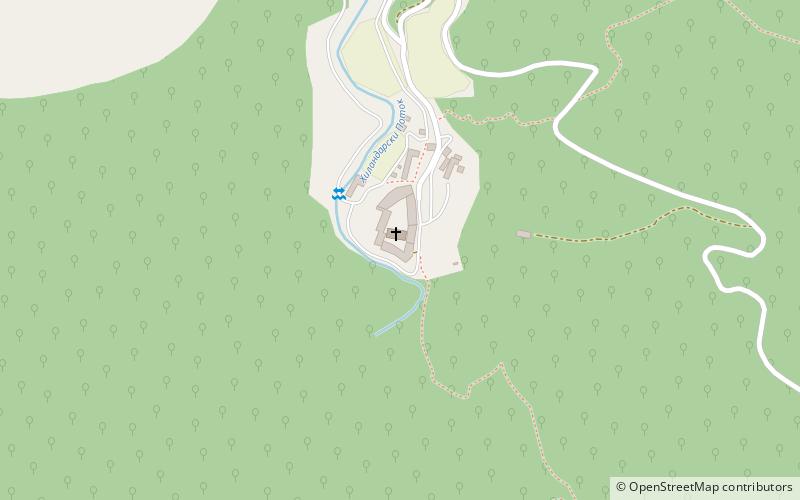Hilandar


Facts and practical information
Nestled on the northeastern side of Mount Athos in Greece, the Hilandar Monastery stands as a bastion of Serbian Orthodox spirituality and heritage. Founded in the 12th century by Saint Sava and his father, Serbian Grand Prince Stefan Nemanja, the monastery is one of twenty monasteries on the Mount Athos peninsula, a unique monastic state and a sanctuary of Eastern Orthodox monasticism.
Hilandar, which is specifically dedicated to the Presentation of the Virgin, has been a pivotal spiritual center for Serbian people for centuries. Its architecture reflects the Byzantine tradition, with a fortified layout that includes residential quarters, a refectory, and the main church, or Katholikon, adorned with frescoes and icons that are masterpieces of medieval art.
Over the years, the monastery has endured various trials, including fires and piracy, and has been the recipient of imperial patronage and donations that have allowed it to amass a rich collection of relics, manuscripts, and liturgical objects. This treasure trove is considered one of the most significant cultural and historical archives of the Serbian people, providing insights into the medieval Balkans.
Despite its historical significance, Hilandar remains an active monastic community, with a brotherhood dedicated to a life of prayer and spiritual endeavor. The monastery is part of the Mount Athos Autonomous Monastic State, which is subject to Greek sovereignty but governed by its own monastic authorities.
Access to Mount Athos and Hilandar is restricted; only men are permitted to visit, and they must obtain a special entrance permit known as a diamonitirion. This seclusion has helped preserve the spiritual atmosphere and the monastic way of life that has been a hallmark of Hilandar for over eight centuries.
Athos
Hilandar – popular in the area (distance from the attraction)
Nearby attractions include: Zograf monastery, Esphigmenou, Docheiariou, Konstamonitou Monastery.




